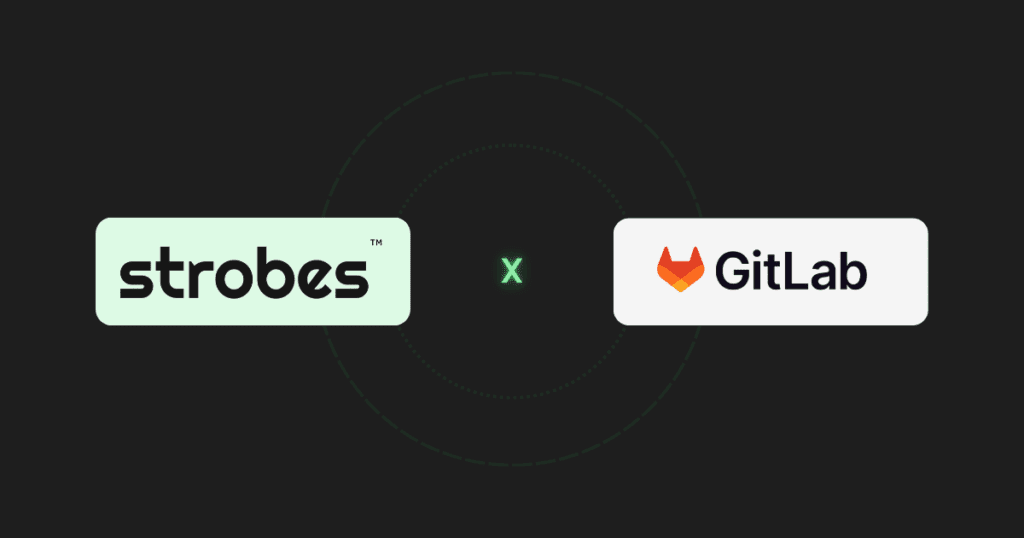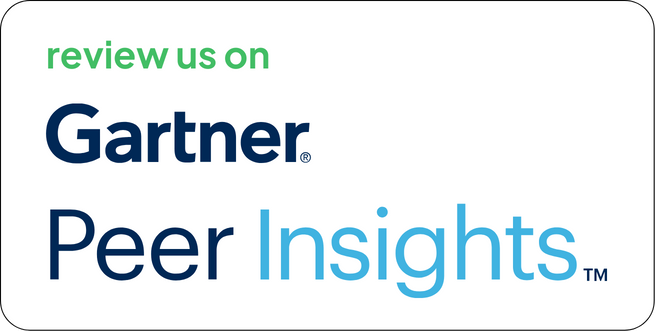Security doesn’t begin after deployment; it begins at the first line of code. GitLab, with its integrated CI/CD and source control features, powers thousands of development teams. But while GitLab supports code velocity, code risk often goes unnoticed unless embedded security checks are in place.
This is where Strobes makes an impact. As part of its Continuous Threat Exposure Management (CTEM) platform, GitLab Integration with Strobes to transform raw code issues into prioritized, contextualized vulnerabilities ready for automated remediation workflows.
Let’s break down how GitLab Integration with Strobes works, what it solves, and why it matters for security, DevOps, and compliance teams alike.
What Is GitLab?
GitLab is a widely adopted DevOps platform that combines source control, CI/CD, and security features in one interface. It’s used by teams ranging from small startups to global enterprises for version control, branching strategies, code reviews, and continuous integration.
GitLab allows developers to:
- Push and manage code in private repositories
- Automate pipelines for builds, testing, and deployment
- Run security scans via GitLab CI/CD
- Collaborate in real time with merge requests and approvals
But GitLab’s built-in security features, like SAST, secret detection, and dependency scanning, are often underutilized or lack post-scan context. What’s missing is a bridge from GitLab findings to structured risk reduction.
What Is Strobes?
Strobes is an AI-enabled CTEM platform that turns security signals into security actions. It connects the outputs of scanners, cloud tools, and repositories into a unified platform that supports:
- Risk-Based Vulnerability Management (RBVM)
- Application Security Posture Management (ASPM)
- Pentesting-as-a-Service (PTaaS)
- Attack Surface Management (ASM)
In the GitLab context, Strobes:
- Integrates with CI/CD pipelines to pull in scan results (CodeQL, Gitleaks, Dependabot)
- Normalizes and correlates findings across tools and repos
- Prioritizes based on exploitability, asset sensitivity, and commit history
- Routes findings to Jira, ServiceNow, or Slack via automation
- Tracks remediation progress and validates fixes
Purpose of GitLab Integration with Strobes
GitLab Integration with Strobes was designed for teams who:
- Use GitLab for full-stack development and version control
- Have security scans embedded into CI pipelines, but no way to centralize and act on the results
- Face triage challenges due to duplicate findings, alert volume, or lack of prioritization
- Need structured remediation and cross-team visibility from code to fix
Connecting GitLab to Strobes isn’t just about pulling in scan results, it’s about operationalizing AppSec.
What the Integration Actually Does?
1. Ingests Code-Level Scan Data
Strobes connects with GitLab repositories and CI/CD outputs to ingest findings from:
- SAST (via CodeQL): Identifies security issues in code syntax, logic, or structure.
- SCA (via Dependabot): Flags vulnerable dependencies and library risks.
- Secret Scanning (via Gitleaks): Catches exposed credentials in commits or branches.
Each scan output is automatically ingested using GitLab APIs and processed into the Strobes platform.
2. Normalizes and Correlates Issues
Raw findings from different scans can include overlapping or duplicate risks. Strobes applies its correlation engine to:
- Group similar findings across branches or commits
- Detect reintroductions of past vulnerabilities
- De-duplicate overlapping issues across scanners (e.g., CodeQL and GitHub Advanced Security)
This allows teams to avoid wasting time on false positives or triaging the same issue multiple times.
3. Prioritizes by Risk, Not Just Severity
Every GitLab finding is enriched with real-world signals:
- Is there a known exploit in the wild?
- Is this repo tied to a production service?
- Was this vulnerability introduced in a recent commit?
- How sensitive is the impacted asset (based on labels/tags)?
Strobes applies a contextual risk score so you can focus on what’s exploitable, not just what’s labeled “High” by default.
4. Automates Workflows for Remediation
Once prioritized, findings can trigger:
- Jira ticket creation with enriched context (file path, commit, CVE, exploitability)
- Slack alerts to relevant engineering teams
- SLA assignment based on criticality and asset sensitivity
- Re-testing workflows to validate remediation post-patch
No spreadsheets. No email threads. Just structured actions mapped to ownership.
5. Centralizes Visibility Across Repositories
Instead of jumping between GitLab UI, GitLab CI/CD logs, and third-party scanner reports, Strobes offers:
- Repository-wise vulnerability summaries
- Risk heatmaps per branch or commit
- Historical risk trend analysis
- Developer accountability views
- Audit-friendly reporting across projects
Whether you’re running 10 microservices or managing 200+ GitLab repos, visibility scales automatically.
Why This Integration Delivers Strategic Value?
1. Cuts Through Noise
GitLab pipelines generate security signals per commit, branch, and merge request. Over time, this can mean thousands of alerts, most of which are redundant or non-exploitable. Strobes reduces noise by:
- Deduplicating issues across commits and merges
- Suppressing low-priority vulnerabilities
- Flagging only the subset that poses actual risk
2. Adds Critical Context GitLab Doesn’t Provide
GitLab scanners show what, not why, it matters. Strobes add layers like:
- Exploit presence in threat feeds
- Asset exposure (internal-only vs internet-facing)
- Business importance (production, finance, compliance-tagged)
This helps teams triage based on risk, not just category.
3. Aligns Engineering Ownership and Accountability
You can auto-assign findings from GitLab scans based on:
- Repository owner
- Commit author
- Project group
- Risk level
Add SLA timers and auto-close conditions, and now remediation is no longer ad-hoc; it’s enforceable and trackable.
4. Improves Audit and Reporting Outcomes
Security leaders and compliance teams need more than raw GitLab logs. With Strobes:
- Executive dashboards show repo health, open vulnerability trends, and SLA metrics
- Compliance reports map findings to ISO, SOC 2, and PCI
- Detailed remediation logs are available for auditors and GRC reviews
This turns GitLab from a code host into a security reporting source.
5. Supports CI/CD at Scale
Strobes works seamlessly across GitLab projects with:
- Multi-project scanning support
- Group-level connector configurations
- CI/CD hooks for security gates
- REST API support for custom workflows
Whether your DevSecOps team supports 5 engineers or 500, this integration keeps pace.
Who This Integration Is Built For?
- Engineering teams using GitLab across microservices and monoliths
- Security teams managing SAST, SCA, and Secret Scanning tools
- Compliance-driven orgs needing structured vulnerability management
- DevSecOps leaders driving automated security into CI/CD pipelines
GitLab finds issues. Strobes tells you which ones to prioritize and how to fix them automatically.
GitLab Integration with Strobes bridges scan data and action. If you’re struggling to manage GitLab’s security findings, wasting time on duplicate alerts, or lacking structured remediation, Strobes gives you the control and visibility you need.
Want to See It in Action?
📅 Book a 30-minute walkthrough with our solutions team
🔗 Request a Demo






